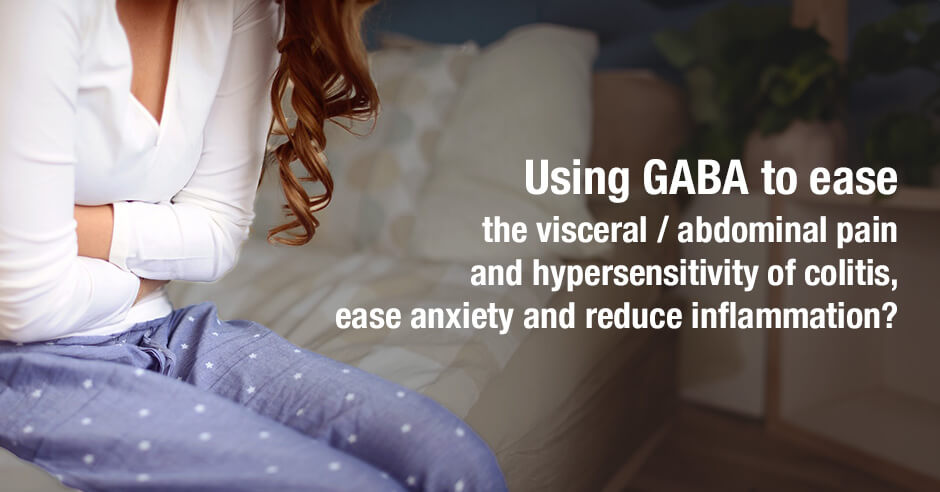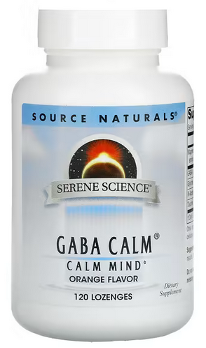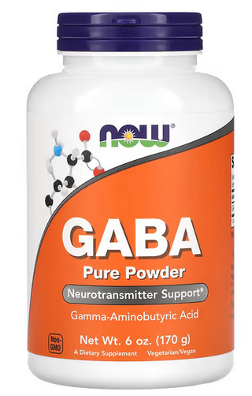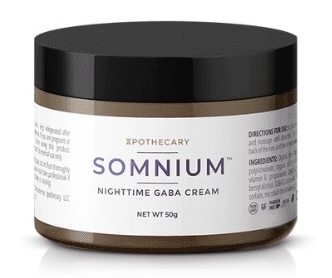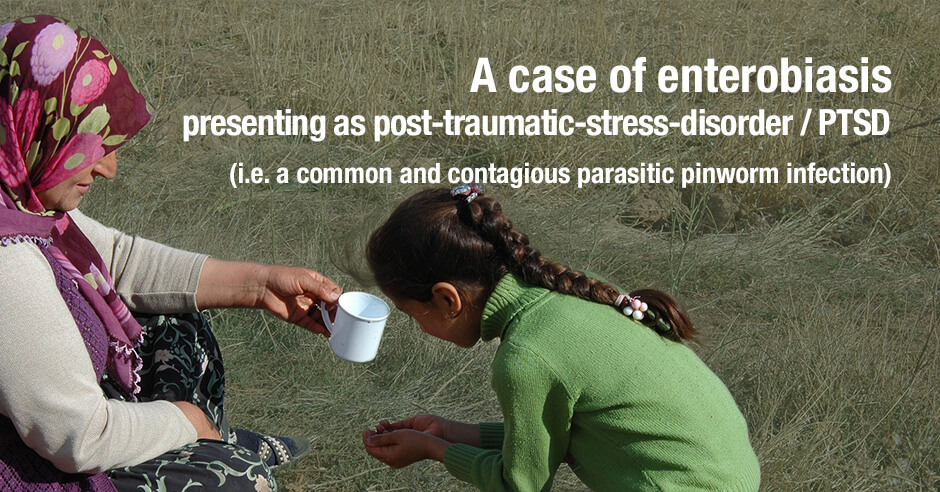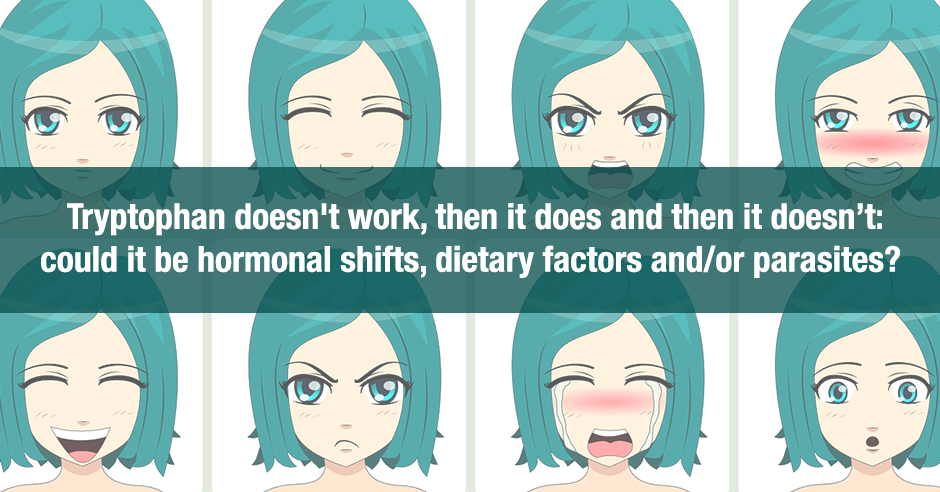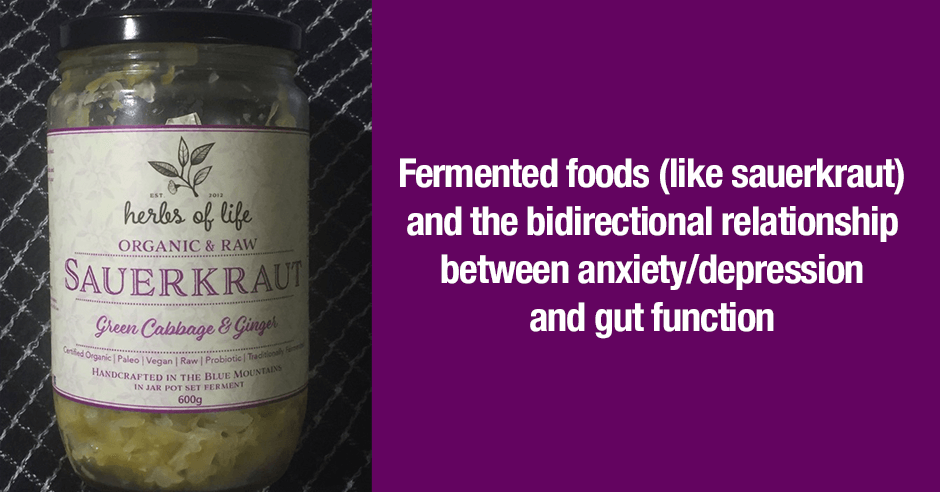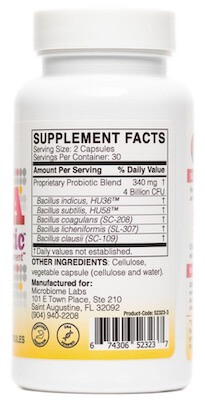
The symptoms of jet lag cause distress to an increasing number of travelers. Potentially they may impair sleep,mood and cognitive performance. Critically timed exposure to bright light and melatonin administration can help to reduce symptoms.
Bright light is one of the most powerful synchronizers of human rhythms and melatonin serves as a ‘‘dark pulse’’ helping to induce nighttime behaviors. Thus, enhancing day and night signals to the brain, appropriate to the environmental light/dark cycle of the new time zone, can serve to reestablish adaptive timing relationships between the body’s internal biological rhythms and the external environment, and thereby reduce the symptoms of jet lag.
The above is from a paper published in 2002, Jet Lag: Minimizing It’s Effects with Critically Timed Bright Light and Melatonin Administration.
I came across this research just before my recent trip to Boston. I always use high dose melatonin to help with jet lag but because it was a business trip and I needed to be in top form as soon as I arrived, I was intrigued about the addition of bright light. So I purchased a light-weight 10,000 lux bright light panel and took it with me.
I was actually looking for solutions for my issues with a strange sleep pattern i.e. in waking in the early hours and not being able to get back to sleep on days when I would go to bed much earlier than usual. That pilot study found that “a brief course of morning bright light treatment had positive effects on subjective sleep quality, daytime sleepiness, and sleep timing in patients with primary biliary cholangitis.” And it led me to the jet lag research which is typical when you’re digging through the research!
The benefits for both situations – jet lag and disturbed sleep/bile issues – reinforced my decision and I’m so glad I got one. I love it! My jet lag results were better with the bright light and melatonin combined (with some caveats I share below). And I continue to use my light panel daily which means much improved sleep on those nights when I have to get to bed earlier. I am a hot mess when I don’t get a good 9 hours sleep and it’s something I continually work on.
I share more on both studies below, details on what timing is best for the bright light when traveling and at home, melatonin dosing (from the study and what I do) and how I plan to adjust things for my next long flight.
More from the jet lag study on bright light timing and melatonin
The jet lag paper talks about light being “one of the most powerful synchronizers of human circadian rhythms:
- Light in the morning advances circadian rhythms and
- Light in the evening delays circadian rhythms.”
And so the author shares different and very “specific recommendations using bright light and melatonin for eastward and westward travel before and after departure”and depending on “time zone changes of up to 6, 7-9 and 10 or more hours.”
These involve using the bright light either morning or night and likewise with the melatonin.
Since I was traveling eastbound from Sydney to Boston (21+ hours depending on the route) I should have followed those specific instructions.
How I used the bright light panel and melatonin
Instead, I kept it simple and 3 days before my departure I started using the bright light for 30 minutes in the morning and took 2.5 mg melatonin (and my other usual sleep solutions – see below).
When I arrived in Boston I had an afternoon nap and took 10mg of melatonin that first night – the usual increase in melatonin I use when doing long trips. For the duration of my time in Boston (a week), I used the light panel each morning for 30 minutes and 10mg of melatonin each night. And I did not experience any jet lag, other than feeling a little tired for about an hour each afternoon. I was waking earlier than usual (4am then 4:30am then 5am and then 6am) but was getting 8-9 hours of solid sleep.
I stopped in Hawaii and spent a week with my sister on the way home. I did the same even though the paper had different directions for flying westbound on a 12 hour trip. I was really tired on arriving and crashed early and still woke earlier than usual but had no jet lag.
I continue to use the light panel for 30 minutes each morning and am using 10mg melatonin (I’ll drop it down to 2.5mg soon – wild dreams are my clue I’m getting too much). My sleep has been solid since returning (other than an issue with cellulose in a new product I tried). My bedtime is earlier and I had a little less energy in the afternoons for the first 2 weeks.
We were sprayed with insecticide on the plane on arrival in Australia so I suspect that may have been a factor. (I am trying to get something done about this – I can’t actually believe this happens!)
You may wonder why I shared this study and what I did instead. Quite honestly, I was in a mad rush before I left and didn’t have time to work out the different recommendations. And I figured if I found it overwhelming others may too so let’s keep it simple.
That said, I’m impressed by the level of detail in the recommendations and may try to implement some of this on a future trip where I have some leeway if it doesn’t work. If you’ve done it per the recommendations in the above study please do let us know.
Morning bright light for disturbed sleep in primary biliary cholangitis
As I mentioned above, I had also just read the pilot study, Morning Bright Light Treatment for Sleep-Wake Disturbances in Primary Biliary Cholangitis. “Primary biliary cholangitis is a rare, immune-mediated cholestatic liver disease, mostly affecting women” where there is cholestasis or a decrease in bile flow, pruritus (itchiness) and fatigue. I don’t have this condition but do have bile issues and was experiencing a new sleep problem that my usual sleep protocol wasn’t helping.
I’ve always typically been a night owl, going to bed late and getting up late. However, I’m part of a new US-based Mastermind and with the time difference I have to get up at 5:30am two mornings a week for training sessions. I would go to bed 9 hours earlier and without fail would wake at 1am or 2am and not be able to get back to sleep.
I figured it may be liver/bile related so when I found the above paper I was very excited to give morning bright light a try. And it’s been working!
The pilot study reports these results: “a brief course of morning bright light treatment had positive effects on subjective sleep quality, daytime sleepiness, and sleep timing in patients with PBC.” This matches what I am experiencing on those early training days.
If you’re curious, I write about my current bile issues here: Ox bile as a supplement: to help counter the effects of dietary oxalates very likely caused by bile issues and poor fat digestion. I’m not suggesting it’s anything like primary biliary cholangitis other than something seems to be going on with my liver and bile production or bile quality. I will add that ox bile supplementation has reduced my daytime fatigue dramatically.
Interestingly, in other research, it was suggested that “pruritus of cholestasis is responsive to bright light in some patients” i.e, the itchiness that is experienced with chronic liver disease/bile issues.
My light panel and other sleep solutions
As I shared above, I am a hot mess when I don’t get a good 9 hours of sleep and it’s something I continually work on.
I took this photo in Boston in my hotel room. You can see the light panel and the nutrients I use at night on a regular basis. There are also 3 essential oils I use on the blue cloth (lavender, rose geranium and clary sage) and mouth tape. I always use an eye patch and only use earplugs when traveling.

I recorded a video discussing each of the above and why I use it and will share this as a separate post if there is interest.
The only change for this trip was the full spectrum light panel.
The full spectrum light panel I purchased and now recommend

This is the exact one I purchased (my Amazon link and above image from Amazon). It has 5 brightness levels but I’m only using the brightest one. It has a timer – 10, 20, 30, 40, 50 and 60 minutes. To be safe I started with 10 minutes, then went to 20 minutes the next day and then 30 minutes and have continued with this time. It also has 3 colors but I’ve only used the white so far.
I packed it in my suitcase in the original box and although it was a little bulky, it worked well to prevent it getting damaged.
If you already have a 10,000 lux full spectrum light box or lamp, it will provide similar results and also mood benefits if you experience the winter blues (more about that here). However the light-weight bright light panel is ideal for traveling.
Additional resources when you are new to using amino acids as supplements
As you can see I continue to use GABA and tryptophan to keep me sleeping well and anxiety-free.
For clients who may be considering using either one of these amino acids, I use the symptoms questionnaire to figure out if low low serotonin or other neurotransmitter imbalances may be an issue.
If you suspect low levels of any of the neurotransmitters and do not yet have my book, The Antianxiety Food Solution – How the Foods You Eat Can Help You Calm Your Anxious Mind, Improve Your Mood, and End Cravings, I highly recommend getting it and reading it before jumping in and using amino acids on your own so you are knowledgeable. And be sure to share it with the practitioner/health team you or your loved one is working with.
There is an entire chapter on the amino acids and they are discussed throughout the book in the sections on gut health, gluten, blood sugar control (this is covered in an entire chapter too), sugar cravings, anxiety and mood issues.
The book doesn’t include product names (per the publisher’s request) so this blog, The Antianxiety Food Solution Amino Acid and Pyroluria Supplements, lists the amino acids that I use with my individual clients and those in my group programs.
If, after reading this blog and my book, you don’t feel comfortable figuring things out on your own (i.e. doing the symptoms questionnaire and respective amino acids trials), a good place to get help is the GABA QuickStart Program (if you have low GABA symptoms too). This is a paid online/virtual group program where you get my guidance and community support.
If you are a practitioner, join us in The Balancing Neurotransmitters: the Fundamentals program. This is also a paid online/virtual program with an opportunity to interact with me and other practitioners who are also using the amino acids.
Wrapping up and your feedback
I’d love to hear from you – does any of this resonate with you? If yes, has full spectrum light therapy helped with jet lag? What light box or light panel do you use? And do you also travel with one?
Do you also use melatonin for jet lag and how much helps you? And what else is part of your sleep solutions?
Has bright light therapy improved your sleep if you have liver/bile issues? Has it prevented middle of the night waking?
If you’re a practitioner have you seen this research and seen bright light therapy help with jet lag and/or sleep disruption caused by liver/bile issues?
Feel free to share and ask your questions below.
